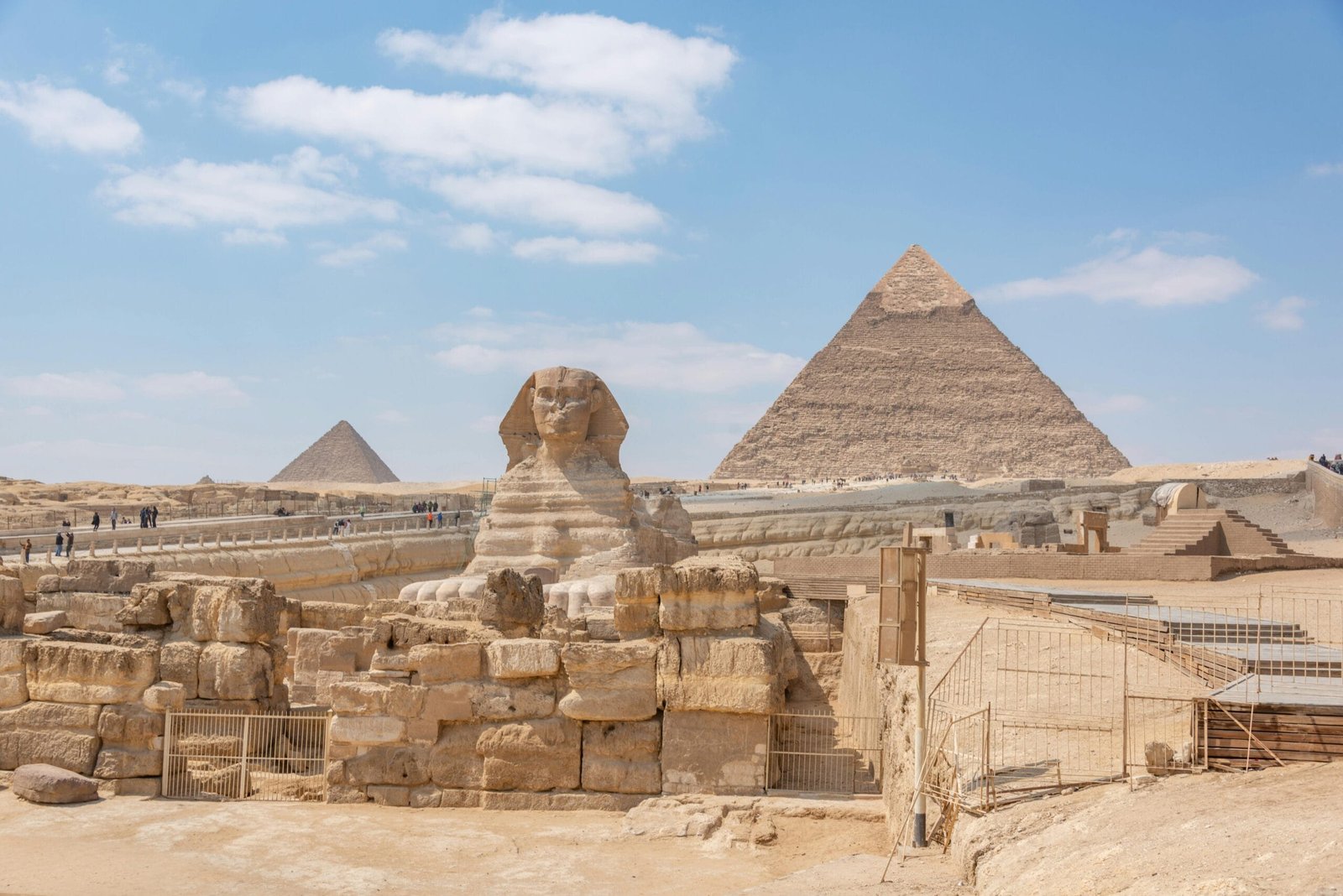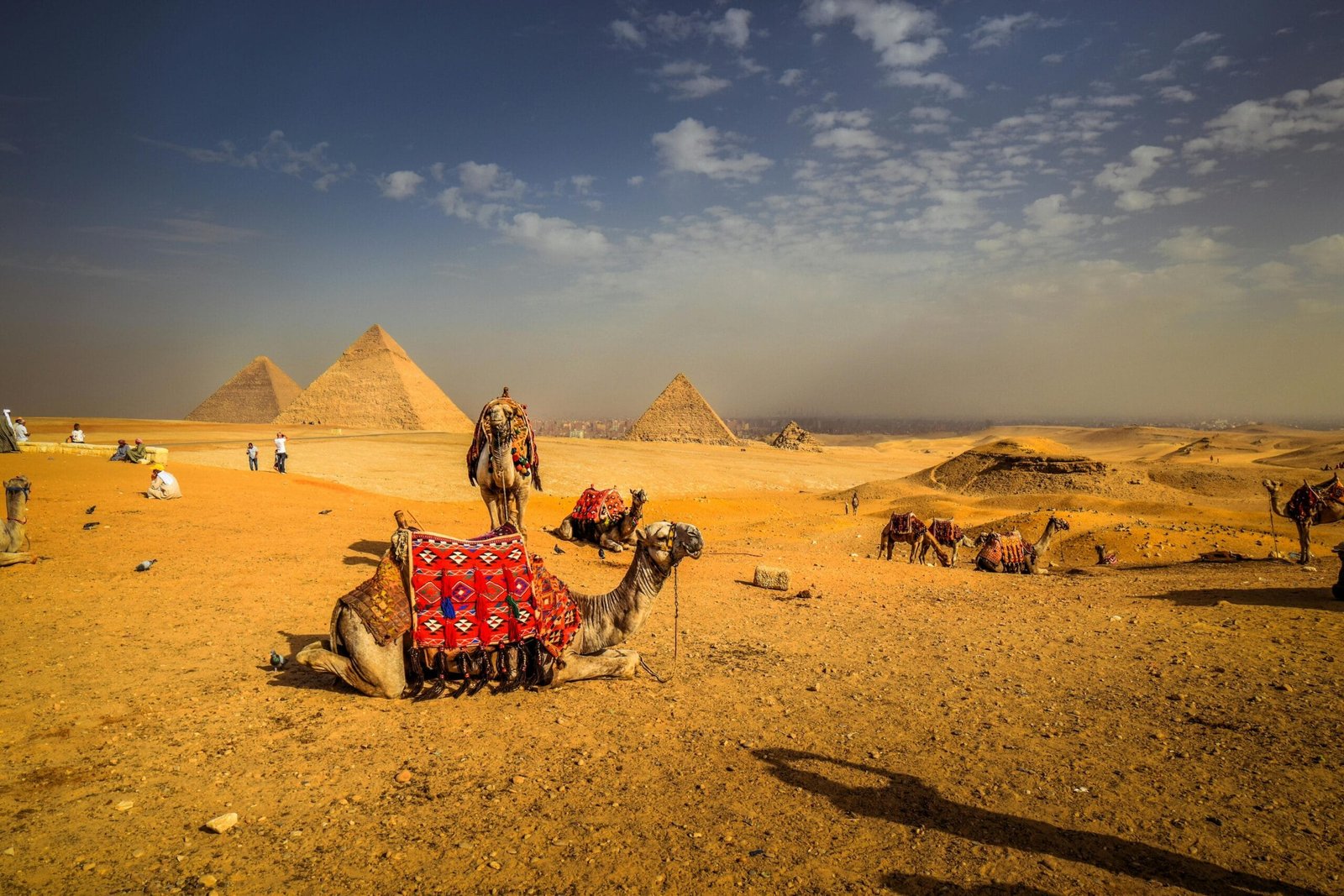
Secrets of the Pyramids: Ancient Mysteries Uncovered
For over four and a half millennia, the pyramids of Egypt have stood as silent guardians of humanity’s most profound architectural secrets. These monumental structures continue to captivate scientists, historians, and travelers alike, not just for their imposing presence but for the countless unanswered questions they pose about our ancient past.
Greetings, knowledge-seeking friends! Today, we will delve into the mysterious world of the pyramids of Egypt, an extraordinary creation of human history. Standing tall on the banks of the Nile River for nearly four and a half thousand years, this architecture is not just a monument; it is a symbol of the advanced knowledge, technology, and beliefs of the ancient Egyptians.
Just think, about 45 centuries ago, when many modern technologies had not even been conceived, how were humans able to build a 147-meter-high structure? This Great Pyramid held its place as the tallest structure in the world for almost 3800 years! Compared to the modern architectural marvel, the Burj Khalifa, its weight is about twelve times greater – approximately 6 million tons!
It’s not just its immense size that is astonishing; its construction style, intricate interior design, and purpose are still shrouded in mystery today. From the technique of cutting stones to the method of lifting those massive blocks, and even its precise orientation – everything seems like an unsolved puzzle.
Historians believe that the construction of this pyramid began during the reign of Pharaoh Khufu (approximately 2589-2566 BC). It was their preparation for the afterlife, where the bodies of the pharaohs were mummified and entombed with valuable treasures. Ancient Egyptians believed that the real life began after death, and so that their kings would have no lack in that life, they built the pyramids as their future abodes.
On the Giza plateau stand not just one, but three main pyramids – the pyramids of Khufu, Khafre, and Menkaure. There are also smaller pyramids and the mysterious Sphinx. These architectures stand as witnesses to time, still towering despite storms, rain, and scorching sun.
Come, let us now enter the inner world of the pyramids. Among the three pyramids of Giza, the tallest is the Pyramid of Khufu. Next is Khafre, and the smallest is the Pyramid of Menkaure. Ancient Egyptians believed that after death, the soul of a person travels to the underworld, where the gods judge it. Therefore, the pharaohs kept food, treasures, jewelry, furniture, clothes – everything they would need after death – inside the pyramids. When archaeologists entered the pyramids, they found three artifacts and an empty coffin.
Various theories have been prevalent at different times regarding the purpose of the pyramids. Many believe that the pyramid was actually a power plant that could generate electricity. Others say that these were places to store grain. However, historians believe that the pyramids were built to bury the pharaohs.
Now the question is, how were these massive pyramids built? This is the biggest mystery of the pyramids. How did humans cut such large stones? How did they place them one on top of the other? The historian Herodotus believed that slaves were used to build the pyramids. But it is now known that those who built these pyramids were highly skilled laborers. Scientists believe that the stones were brought from the quarries by rafts along the river. Then they were dragged on sledges over wet ground to the pyramid site.
The design of the pyramid is also a marvel. It is built in such a way that it points exactly towards the North, East, South, and West directions. How was this possible without any compass or modern technology?
Although there are many debates about the construction style and purpose of the pyramids, there is no way to deny their immensity and longevity. However, while the discussion of the mysteries of the pyramids is ongoing, I must tell you about a special wonder. You may not know that recently, near Yonaguni Island in Japan, a strange structure has been discovered deep in the sea, which looks very much like a pyramid!
In the 1980s, a local diver named Kihachiro Aratake first saw this mysterious rock formation. Since then, it has become known as the “Yonaguni Monument” and has sparked a storm of discussion among scientists and archaeologists worldwide.
This structure is huge, almost the size of a modern city block. Its features are astonishing: smooth, flat surfaces, sharp corners, and clear stepped designs – as if a skilled craftsman cut and layered the stones.
Now the question is, is this structure really man-made, or is it a trick of nature? According to many, through a long geological process, especially due to earthquakes and strong ocean currents, the rocks in this region have taken such a strange shape. Similar basalt rocks are also found on Yonaguni Island, which can take on such stepped forms after being broken and piled up. Geologists believe that over time, ocean waves and other natural forces have given this rock a pyramid-like shape.
On the other hand, some scientists and archaeologists do not agree with this argument. They believe that the clear geometric shape of this structure, such as the almost ninety-degree angles, parallel lines, and well-arranged steps, could not have been created solely by natural processes. They speculate that it could be the creation of an ancient, advanced civilization that gradually sank underwater about 10,000 years ago due to rising sea levels. If this theory is true, then many of our old ideas about human history may have to change, because it would mean that humans had advanced architectural knowledge even at the end of the Ice Age.
Currently, research into the origin of the Yonaguni Monument is ongoing. Scientists are conducting more underwater investigations, using advanced sonar technology, and analyzing the rock formations. So far, no clear evidence has been found that can definitively say whether it is natural or man-made.
The Yonaguni Monument remains a huge mystery to this day. It makes us wonder – how many unknown civilizations are hidden in the history of our Earth? What other wonders await in the depths of the sea?
Conclusion: The Enduring Enigma
In conclusion, both the pyramids of Giza and the Yonaguni Monument are symbols of human curiosity and mystery. Perhaps their unknown aspects will be revealed over time, but until then, they will continue to amaze us.

FAQs
1. Why were the pyramids built?
The pyramids served primarily as tombs for pharaohs and a way to honor their legacy. They also symbolized spiritual beliefs about the afterlife.
2. What is the “Big Void” in the Great Pyramid?
The Big Void is a large, empty space discovered using muon tomography. Its purpose remains unknown.
3. Are the pyramids aligned with stars?
Yes, the pyramids align with celestial bodies like the Orion constellation and cardinal directions, showcasing advanced astronomical knowledge.
4. How were the pyramid stones transported?
The exact methods are unknown, but theories include sledges, ramps, and potentially lost technologies.
5. Could there be more hidden chambers?
Yes, modern technology has revealed potential voids and tunnels yet to be explored.